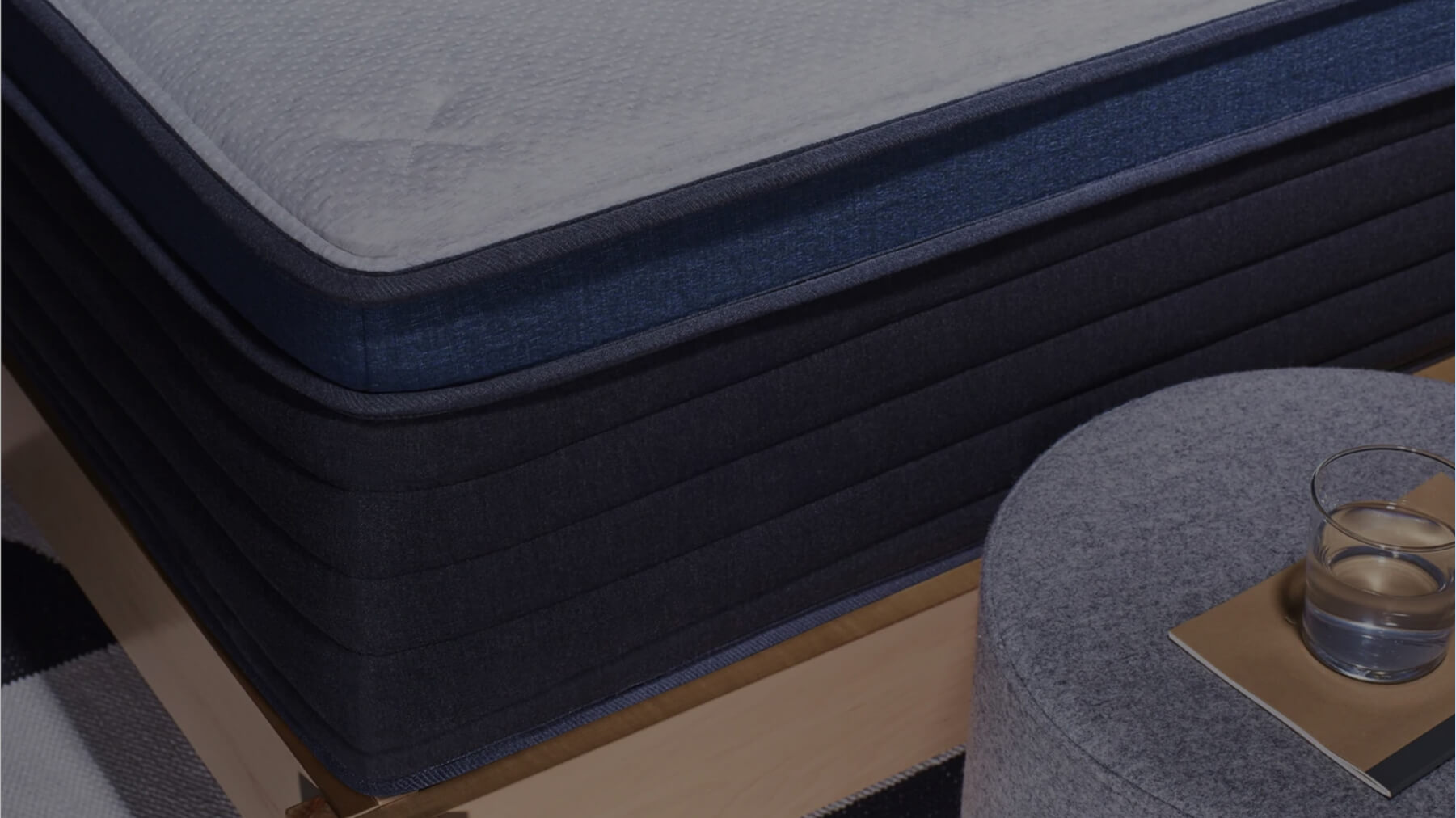Helix Sleep, boutique en ligne d’articles de literie et de produits pour la maison, a été fondée en 2015 dans l’objectif d’offrir plus de personnalisation et de simplifier l’achat de matelas en ligne. Les fondateurs ont cherché à rationaliser et à révolutionner le marché en élaborant un questionnaire en ligne sur les habitudes de sommeil afin de recommander le matelas idéal en fonction des besoins de chaque utilisateur, tout en collaborant avec des fabricants de matelas bien établis aux États-Unis.
Difficulté
L’objectif principal de Helix est d’engager les acheteurs en offrant la meilleure expérience utilisateur possible, du site web et du questionnaire sur le sommeil jusqu’à la livraison au client. Cependant, bien que tournée vers la technologie, Helix manquait d’un suivi client suffisant pour atteindre cet objectif et avait besoin d’une solution simple, tant pour tracer les commandes que pour communiquer avec les clients.
Avant la mise en œuvre de project44, les clients qui souhaitaient vérifier le statut de leur commande devaient revenir sur le site web de Helix pour trouver les informations de suivi, puis les saisir sur le site du transporteur concerné. Ce manque de visibilité augmentait inutilement le temps de travail consacré au support client.
Helix savait qu’elle avait besoin d’améliorer la procédure pour tenir ses clients informés du statut des expéditions et des délais d’arrivée des commandes. L’entreprise s’est donc mise en quête d’une solution afin de fournir des informations d’expédition proactives à ses clients.
Solution
En 2019, Helix a noué un partenariat avec project44 portant sur l’adoption de ses solutions de resolution du dernier kilomètre et Consumer Visibility afin d’offrir plus de visibilité sur les expéditions et les transporteurs, en un seul endroit, pour améliorer l’expérience client. La plateforme project44 a amélioré l’efficacité opérationnelle globale et donné à Helix et ses clients une visibilité directe sur les données d’expédition. project44 fournit à l’entreprise une source de vérité unique pour tous les envois du réseau Helix.
Avec Last Mile Resolution, de project44, les équipes logistique et service client de Helix peuvent désormais voir tous les envois et transporteurs en un seul endroit. Une fois connectés, les collaborateurs ont instantanément accès à toutes les informations dont ils ont besoin sur une commande spécifique, même si elle comprend plusieurs envois. La quasi-totalité des commandes comportant plusieurs produits expédiés depuis divers lieux, cette vue d’ensemble est particulièrement importante pour l’équipe Expérience Client (CX).
La rationalisation de la gestion logistique a permis à ce détaillant B2C d’accroître son efficacité opérationnelle. Avec l’ancienne méthode, la recherche d’un envoi égaré aurait nécessité près de cinq fois plus de temps. Il faut désormais moins d’une minute pour identifier et rediriger les doublons d’adresses et les adresses incorrectes. Grâce à ce gain de temps, l’équipe chargée de l’expérience client peut davantage se concentrer sur les activités à forte valeur ajoutée et le niveau de service client, plutôt que d’être accaparée par le suivi des expéditions.
Consumer Visibility de project44 permet également l’envoi automatique d’alertes de notification. Grâce à des pages de suivi pour les trois marques — Helix, Birch et Allform — le taux de consultation du détaillant est désormais de 72,8 %. Grâce à cet accès facilité, les clients sont moins enclins à appeler pour vérifier le statut de leurs envois.
Une autre fonctionnalité clé de Consumer Visibility est la possibilité d’envoi de notifications d’alerte pour informer les clients en cas de problèmes, comme un retard dû à des intempéries, ou simplement pour indiquer qu’une commande est en transit et à quel moment elle sera livrée. Cette option libre-service, qui envoie des e-mails avec un taux d’ouverture de 68 %, a encore réduit les demandes WISMO (« où est ma commande »).
La mise en œuvre de project44 s’est traduite par une augmentation inattendue du chiffre d’affaires. En créant une expérience de suivi de marque, l’entreprise a pu générer du trafic supplémentaire vers son site. En construisant cette expérience de suivi et en segmentant les listes de diffusion pour chaque produit, Helix a augmenté la probabilité que des clients satisfaits achètent un produit complémentaire dans son portefeuille de marques. Les e-mails de vente croisée ont permis de générer du trafic et des revenus supplémentaires.
L’équipe Helix montre que l’innovation et la technologie peuvent être un catalyseur pour améliorer l’expérience client et les opérations. Helix cherche à renforcer ce succès en améliorant encore la qualité de son service client, ce qui augmentera au final la valeur à vie du client, ainsi que la valeur perçue de l’entreprise.
Résultats
01
Réduction de 85 % du temps nécessaire pour enquêter et retrouver les expéditions égarées
02
Génération de revenus supplémentaires grâce à la création d’une expérience de suivi à l’image de la marque
03
Augmentation significative de l’engagement client
04
Taux de consultation des notifications d’alerte de 72 %
05
Taux d’ouverture des e-mails d’alerte de 68 %
06
Doublement des inscriptions aux SMS
À propos de Helix
Depuis 2015, la famille de marques grand public Helix s’est élargie pour inclure Birch, une marque de literie proposant des produits naturels et biologiques, ainsi qu’Allform, une marque de canapés modulaires dotée de mécanismes de verrouillage brevetés.
En 2021, Helix a fusionné avec l’un de ses partenaires de fabrication, Brooklyn Bedding, créant ainsi l’une des plus grandes entreprises de matelas verticalement intégrées aux États-Unis. Le portefeuille a continué de croître en 2022 avec l’ajout de Bear Mattress. Tous les produits Helix, Birch et Allform sont assemblés aux États-Unis et expédiés à travers le pays ainsi que dans la plupart des régions du Canada.



